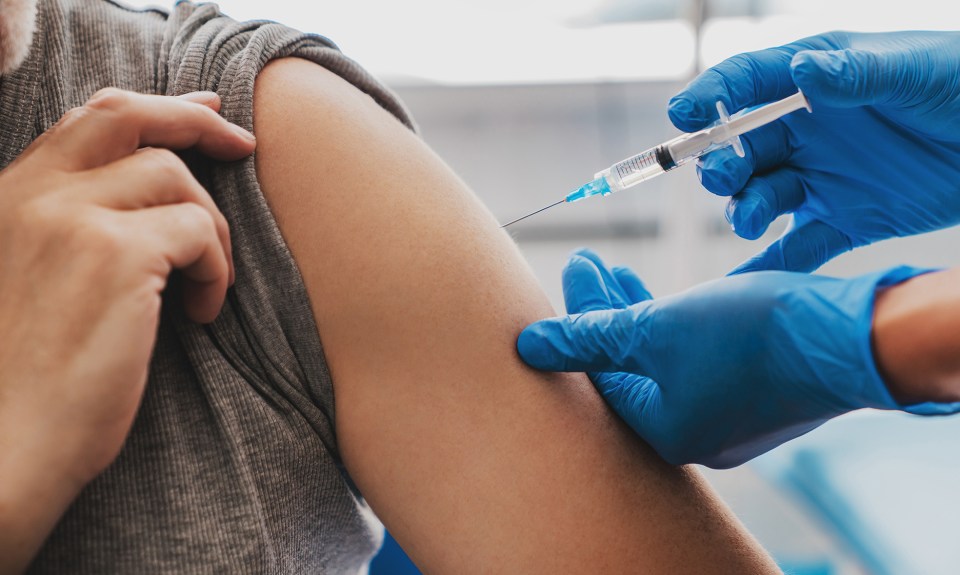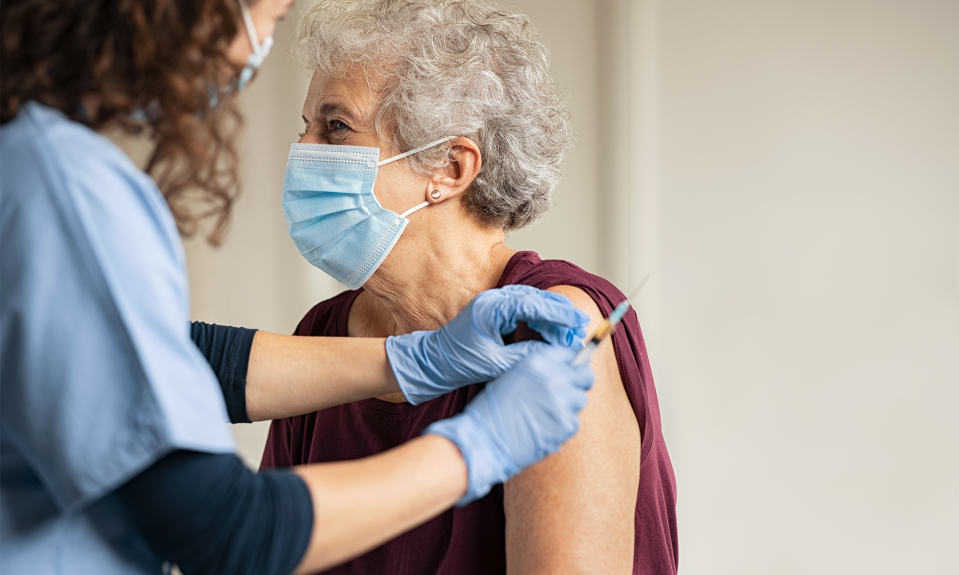Early on in the COVID-19 pandemic, Dr. Prateek Grover, medical director at The Rehabilitation Institute of St. Louis, discussed what some of the long-term effects of COVID-19 might be. At the time, they included stroke and amputation, as many patients who had severe reactions to the virus were experiencing blood clots long after they were free of the virus.
Thanks to treatments and a better understanding of the long-term effects of the virus, Grover said the risk of stroke and amputation are now less likely. However, there are some new trends emerging as the pandemic progresses, he added.
Here are four things to know.
Cases are Increasing as More Variants of the Virus Emerge
There are multiple variants of the virus being detected, with the Delta variant being one of them. The Delta variant produces similar symptoms to early forms the virus. However, it spreads much faster, causing more than twice as many infections, according to the CDC.
Although more variants are being detected, Grover said this is expected with any virus.
“In general, viruses want to survive, so they tend to change,” he said. “COVID is likely here to stay, but the good news is there are vaccines, and they are working.”

The Vaccine is Doing Its Job, but Precautions are Still Needed
COVID-19 is quickly becoming “a pandemic of the unvaccinated,” as CDC Director Rochelle Walensky warned in July.
All three vaccines out there—Pfizer, Moderna and Johnson & Johnson—have proven effective in preventing severe symptoms and hospitalizations among those who have received the recommended doses. The vaccines are also proving effective against the new variants.
That doesn’t mean that those who have received the vaccine can forgo their pre-vaccine precautions.
The CDC changed its guidance in July on mask wearing for vaccinated individuals, overturning its earlier guidance that those who are vaccinated no longer need to wear a mask indoors and outdoors. That’s because there are still a lot of unknowns, Grover said.
“We don’t know how long the duration of the vaccine is, and a lot of people got vaccinated early this year,” he said. “It’s very possible that a vaccinated person could pass it to an unvaccinated person, as well, so it’s very important that everyone be masked indoors and outdoors. This will minimize the community spread.”
To shed the masks, and ultimately the pandemic, Grover said more people have to get vaccinated.
We’re Better Prepared to Handle an Uptick in Cases
As the number of positive cases and hospitalizations continue to climb, Grover said there is some good news.
“We’ve gotten really good at figuring out processes for providing care to COVID-19 patients in general,” he said. “That’s my really big takeaway. We’ve learned to manage this almost like a chronic condition. Rehabilitation doesn’t stop for these patients. It’s just different from others in terms of isolation and medical monitoring.”
Early in the pandemic, it became clear that patients suffering severe symptoms and extended hospital stays from COVID-19 would need inpatient rehabilitation, where they can receive a hospital level of care combined with intensive therapy.
Grover’s rehabilitation hospital set up a COVID-19 unit at the height of the pandemic to provide these patients with the care they needed while also protecting others at the hospital from contracting the virus. That unit has since closed, but the safety protocols put in place to treat recovering COVID-19 patients remain in place.
Long COVID-19 is Real
Though “Long COVID-19” affects only a small percentage of infected people, some people experience ongoing or new symptoms well after they’ve recovered from a COVID-19 infection. Grover said there is still a lot to learn about long COVID and who develops it. The initial infection could either be mild or even asymptomatic or it could be severe.
“We really don’t have a clear explanation yet,” he said. “There are clinics across the nation specifically addressing long COVID. There are also advocacy groups working to provide resources and addressing what’s becoming known as ‘the next epidemic.'”
Common long COVID symptoms include:
- Brain fog
- Shortness of breath
- Tiredness or fatigue
- Heart palpitations
- Mood changes
How long these symptoms last is still unknown, and research on long COVID is ongoing.
Grover said they continue to learn more about the virus, and things continue to change, especially with the new variants, but he believes the end of the pandemic is closer. That doesn’t mean COVID-19 is going away, he added; it will just be manageable.
“I don’t think things are status quo because they tend to change,” he said. “But this round we are better prepared. We have protocols, and we’ve kept the lines of communication open. We’ve learned to manage.”
The content of this site is for informational purposes only and should not be taken as professional medical advice. Always seek the advice of your physician or other qualified healthcare provider with any questions you may have regarding any medical conditions or treatments.


